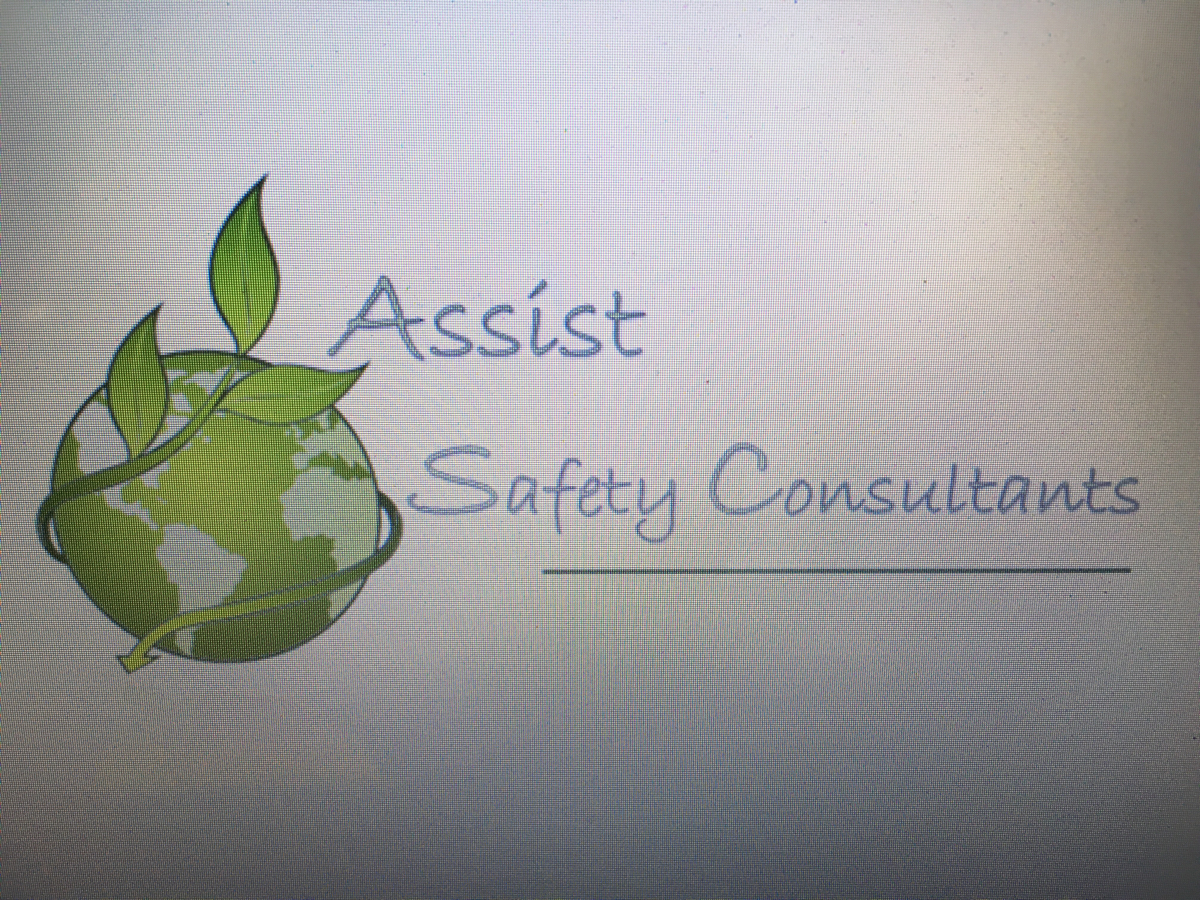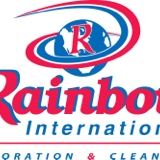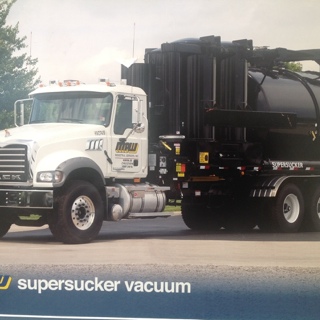Information
-
Conducted on:
-
Building Name:
-
Building Address:
-
City:
Description of tasks to be done:
-
Task:
Fall Protection Plan
Fall Protection Plan
-
Identify all existing & potential fall hazards associated with the task activity.
-
Potential to fall from heights
-
Can materials be dropped from height into a high traffic area
-
Can ropes be sheared
-
Can ropes slide
-
Additional Fall Hazards
Hazard
-
Hazards:
Identify the fall protection systems to be used at the work site to protect workers from the fall hazard (i.e. travel restraint, personal fall arrest system, safety net, control zone, etc)
-
Fall Protection System to be Used:
-
Anchors:
Clearance Required
Clearance Distance(s) to be Confirmed
-
L = Initial Length of lanyard, energy absorber and connecting hardware
B = Height of D-ring measured from the worker’s feet
C = Distance between anchor point and unguarded edge
EAE = Energy absorber extension (typically 4 feet)
DS = D-ring slippage (typically 1 foot)
SM = Safety margin (typically 2 feet) -
Free Fall Distance (FFD = L + B - C):
-
Total Fall Distance (TFD = FFD + DS + EAE):
-
Clearance Distance (CD = TFD + B + SM)
-
Clearance distance is ≤ to the obstruction below
Rescue Procedures
Describe the procedures that will be followed if a worker falls and needs to be rescued.
-
Identify the Safe Work Practice and/or Safe Job Procedure developed for the task.
- 3.4 Rope Access - Safe Work Practice
- 3.5 Rope Access - Safe Job Procedure
- 3.17 Working Near Ungaurded Edges - Safe Working Practice
- 3.18 Working Near Ungaurded Edges - Safe Job Procedure
- 3.35 Eavestroughing - Safe Work Practice
- 3.36 Eavestroughing - Safe Job Procedure
-
Identify Emergency Response Procedures:
- 10.14.1 Ladder Rescue
- 10.14.2 Boom Lift Rescue
- Tower Rescue From Descent
- Tower Rescue From Lowering System
Signatures
-
I hereby certify that all information is accurate and that an actual inspection was conducted.
-
Crew Manager's Printed Name & Signature
-
Worker's Printed Name & Signature
Worker
-
Worker:














